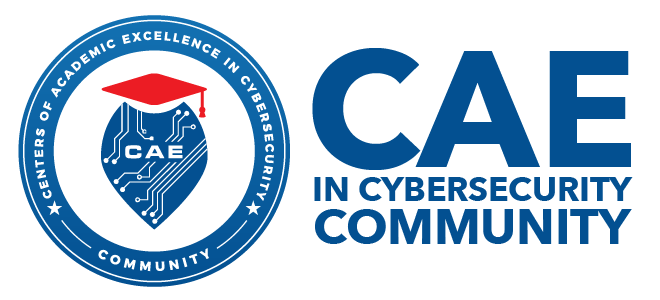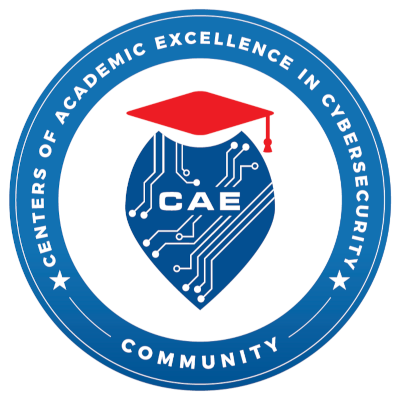Adapting Security Through Community Engagement
Based on the growing number of security and data breaches that are occurring on a daily basis, as well as the impact they are having on our lives, security is no longer working, so as a community of users, we must take charge and reestablish control of our own security and privacy. Unfortunately, due to these frequent occurrences, people now bear a mindset that security is too complex and seem resigned to the fact that security breaches are just a part of their daily lives as they know it. For the most part, they are correct!

